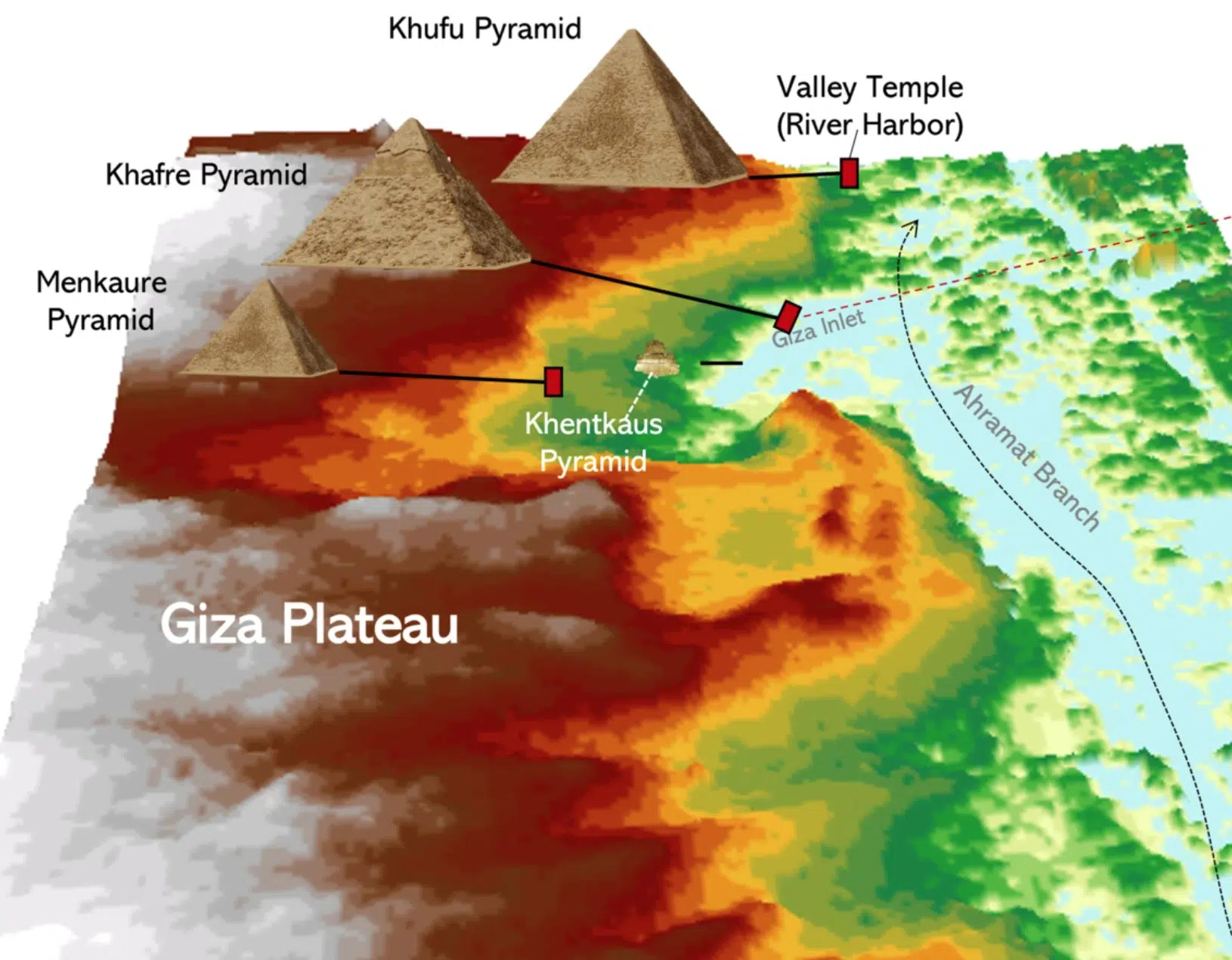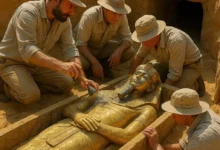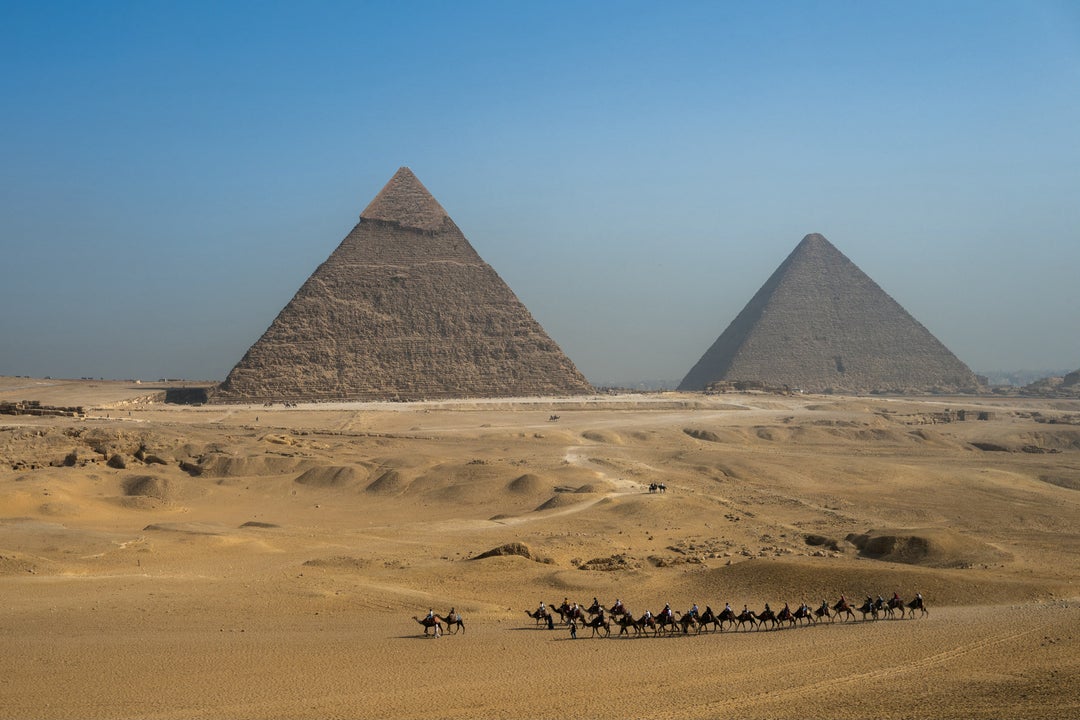Radar scan of the Nile Valley reveals surprising secrets about the Egyptian pyramids
The pyramid tombs of ancient Egypt are among the most magnificent man-made structures that have survived to this day.
The ancient Egyptians have managed to captivate the curiosity of countless historians, archaeologists and conspiracy theorists, who have spent their lives trying to unravel the secrets of the intricate structures and purposes of these timeless structures.
Although centuries of careful study have yielded profound insights into the nature of the pyramids and their creators, many mysteries remain. Among them is the big one: How did the Egyptians manage to build a series of 31 pyramids in a harsh region of the Sahara Desert, present-day Egypt?
The Mystery Just Got Answered
In a new study published in the journal Communications Earth & Environment in May 2024, researchers used radar satellite imagery and geophysical data to investigate the subsurface and sediments in the Nile Valley near the pyramids.
The team found a “large lost branch of the Nile,” which they named the Ahramat Branch (meaning “pyramid” in Arabic), that once ran alongside the current locations of the 31 pyramids.
“The Ahramat branch played a key role in the construction of the pyramid chain,” the authors write. “This lost branch acted as a waterway to transport building materials to each pyramid site.”
The 63-kilometer-long Ahramat branch — varying in width from 200 to 700 meters — was large enough to carry significant amounts of Nile water more than 4,000 years ago during the Old and Middle Kingdoms of Egypt.
That means the branch was active during the time the Egyptians built this pyramid chain, which includes the Great Pyramid of Giza and the pyramids of Khafre, Cheops, Mykerinos, and many other notable structures such as the valley temple.
The existence of the Ahramat branch sheds light on why the ancient Egyptians chose this particular area to build the pyramids to house their pharaohs.
“The Ahramat River was active for about 1,000 years when the pyramid chain was built, starting about 4,700 years ago during the Old Kingdom and continuing through several dynasties,” the authors write.
The researchers note that the Middle Kingdom pyramids (2050 BC to 1700 BC) were built farther east than the Old Kingdom pyramids (2686 BC to 2181 BC) and at a lower elevation than the floodplain.
Using advanced technology, the team was able to peer deep below the sand surface and look for features on the ground that would provide clues about the buried river branch. Once on site, the team drilled sediment cores to confirm the former location of the river branch.
Explaining the disappearance of the Ahramat River branch, scientists believe that soon after the pyramids were built, strong winds and continuous sandstorms over many years caused this branch to be covered by desert sand. “Complex environmental changes and the intrusion of sand from the Western Sahara Desert Plateau may have led to the Ahramat branch being buried over many millennia.”
According to the new data, the Giza pyramid complex was built on a plateau that was probably only a few hundred meters away from this ancient branch.
Eman Ghoneim, lead author of the study, from the University of North Carolina Wilmington (USA), told AFP that the ancient Egyptians may have created a port along the Ahramat River branch at Valley Temps. This port served as a place to receive materials for the pyramids.
Furthermore, according to researcher Suzanne Onstine, of the University of Memphis (USA), this port not only allowed the transport of heavy stones and building materials but was also an important place for the pharaohs’ funeral entourage to gather before moving the kings’ bodies into the temples.
The authors wrote: “Our discovery fills a much-needed gap in knowledge regarding an ancient waterway that once flowed from the Nile to connect the pyramid sites and link them to important cities and towns in ancient Egypt, including the ancient capital Memphis.”
Thus, it was not aliens or some mysterious force that created the structures that towered over the burning sand desert of Egypt as many conspiracy theories have built, but rather small humans with great intelligence who carved them.
The gentle Nile River not only provided cool water, making crops flourish, but also helped the Egyptians transport the massive stone slabs needed to build the architectural wonders that still exist today.





